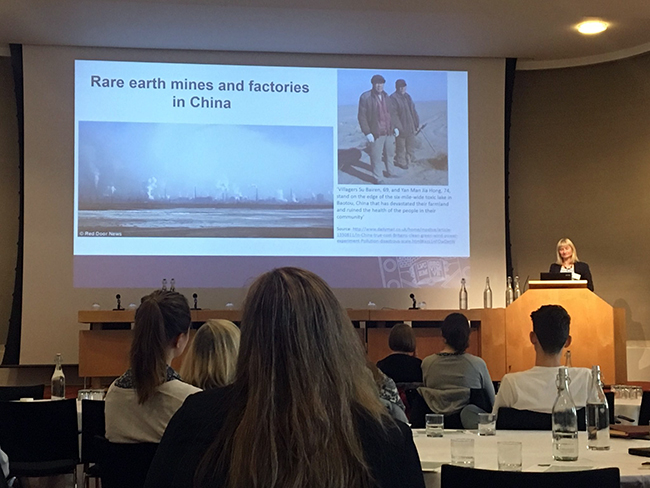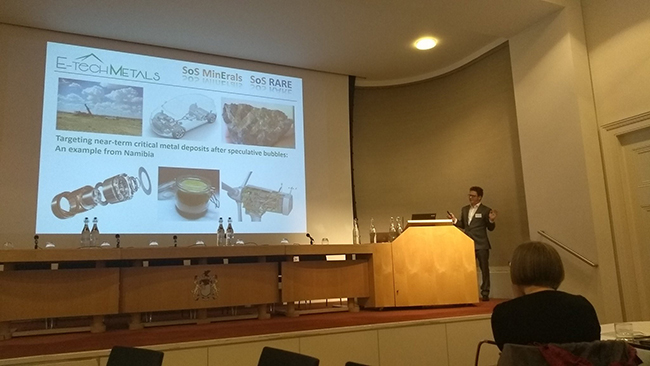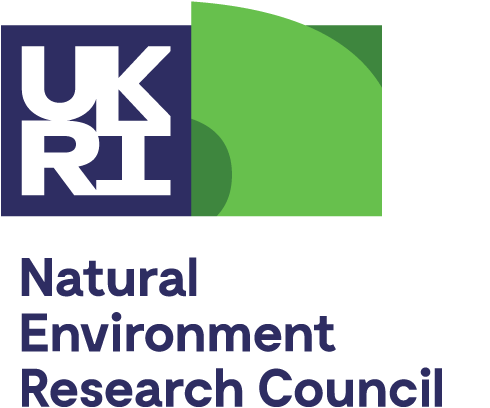SoS Minerals Finale meeting May 2019
The SoS Minerals programme held a Finale meeting at the Royal Society in May 2019, to celebrate the many achievements of the programme. Several SoSRARE team members shared their achievements over the last 4 years by presenting talks and posters. This meeting brought together delegates from all four projects within the SoS Minerals programme, as well as other stakeholders, politicians and the wider scientific community. There were contributions from all of the SoSRARE work packages, as well as our industrial partners, summarising the advances we have made on understanding rare earth element deposits and processing over the last four years.
Ion adsorption clays represent an alternative source of REE that have the potential to be extracted by less energy-hungry in situ methods. Martin Smith and Kathryn Goodenough presented an overview of some of the Brighton-BGS team’s work on the ion-adsorption clays of the Ambohimirahavavy Alkaline Complex in Madagascar. They showed that the REE distribution and abundance is heterogeneous in weathering profiles from different parts of the complex, with the principal controls being bedrock composition and local hydrological variation. Synchrotron X-Ray absorption spectroscopy shows that the REE are directly absorbed onto clay surfaces. These results indicate that heavy (H)REE-enriched ion-adsorption deposits are not simply formed through weathering-specific processes, but rather are a function of a unique bedrock composition.
Frances Wall updated the group on the application of life cycle assessment to REE deposits. The developments support projects from assessing the environmental performance or project decisions during the development stage. Advances have been made to include a criticality dimension in the life cycle assessment approach (https://www.sciencedirect.com/science/article/pii/S0301420718304082). The relationship between the changing grade and mineralogy and the associated environmental impact of production was also examined with the Bear Lodge project as a case study (https://www.sciencedirect.com/science/article/pii/S0892687519300974). Finally the life cycle approach was used to incorporate an environmental performance dimension to mine planning (https://www.sciencedirect.com/science/article/pii/S0892687519300974). Rob, who was unable to attend, is starting a spin-off company from the project, Minviro, to apply the technique to REE and other deposits.
In the afternoon we heard from some of our industrial partners. Alex Lemon from Mkango Resources praised the virtues of academic-industrial collaborations, citing examples of some of the progress Mkango had made at their Songwe Hill deposit in Malawi with the help of partners in SoS Rare, including new advances in processing and better understanding deposit genesis. Ed Loye outlined some of the work his start-up REE exploration company 'E-Tech Metals' had undertaken to-date on the Eureka monazite deposit in Namibia. Ed finished by mentioning he was leaving the next day to undertake a further trenching campaign, and that SoS Minerals members were welcome to attend!
The day was wrapped up by talks from government attendees Baroness Brown and Darry Quayle. Both praised the alignment of the programme with the government's Industrial Strategy, and recognised the need to interlink primary industries with the UK supply chain. This will be especially relevant as the government pursues a low-carbon economy and seeks to expand the green technology sector. The talks closed with a panel session chaired by Frances Wall, which concluded that future funding would be required to increase the technology readiness of some of the programme outcomes. Future work will, in all likelihood, be integrated with researchers from more 'downstream' fields, such a chemical engineering, in order to provide the next 'step change' for mineral deposit research.
After the talks, delegates enjoyed the poster discussions. SoS Rare had a wide range of posters on display, including work on bioprocessing REE deposits, using luminescence to sort REE minerals, new work on the temperature and hydrothermal alteration of REE deposits, alkali roasting of REE ores, and the genesis of ion adsorption deposits. One of our Brazilian partners, Marcelo Andrade, was also able to attend and provided a poster on some of the work the Brazilian group have been undertaking on the crystal chemistry of REE minerals.
Sam Broom-Fendley, May 2019







